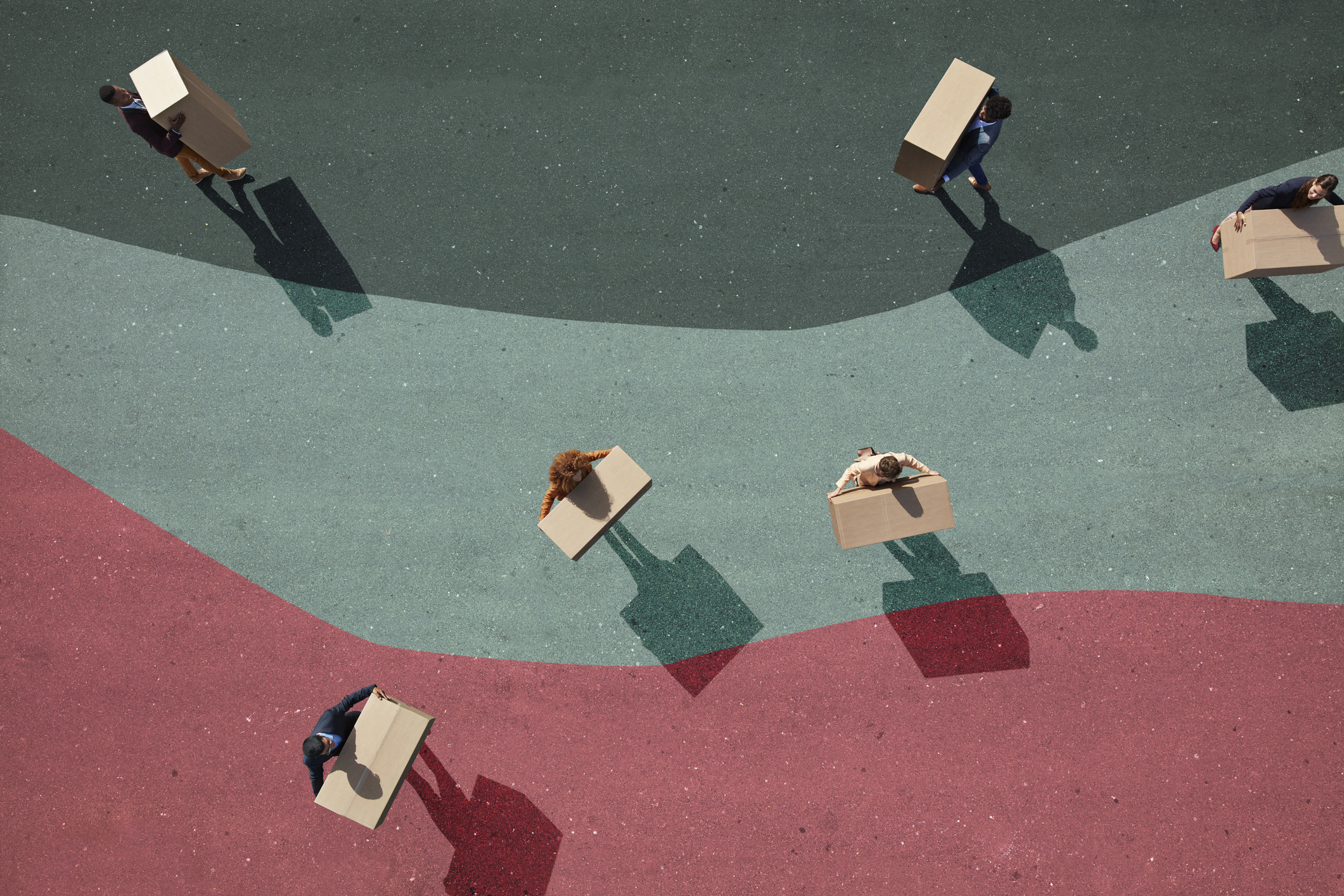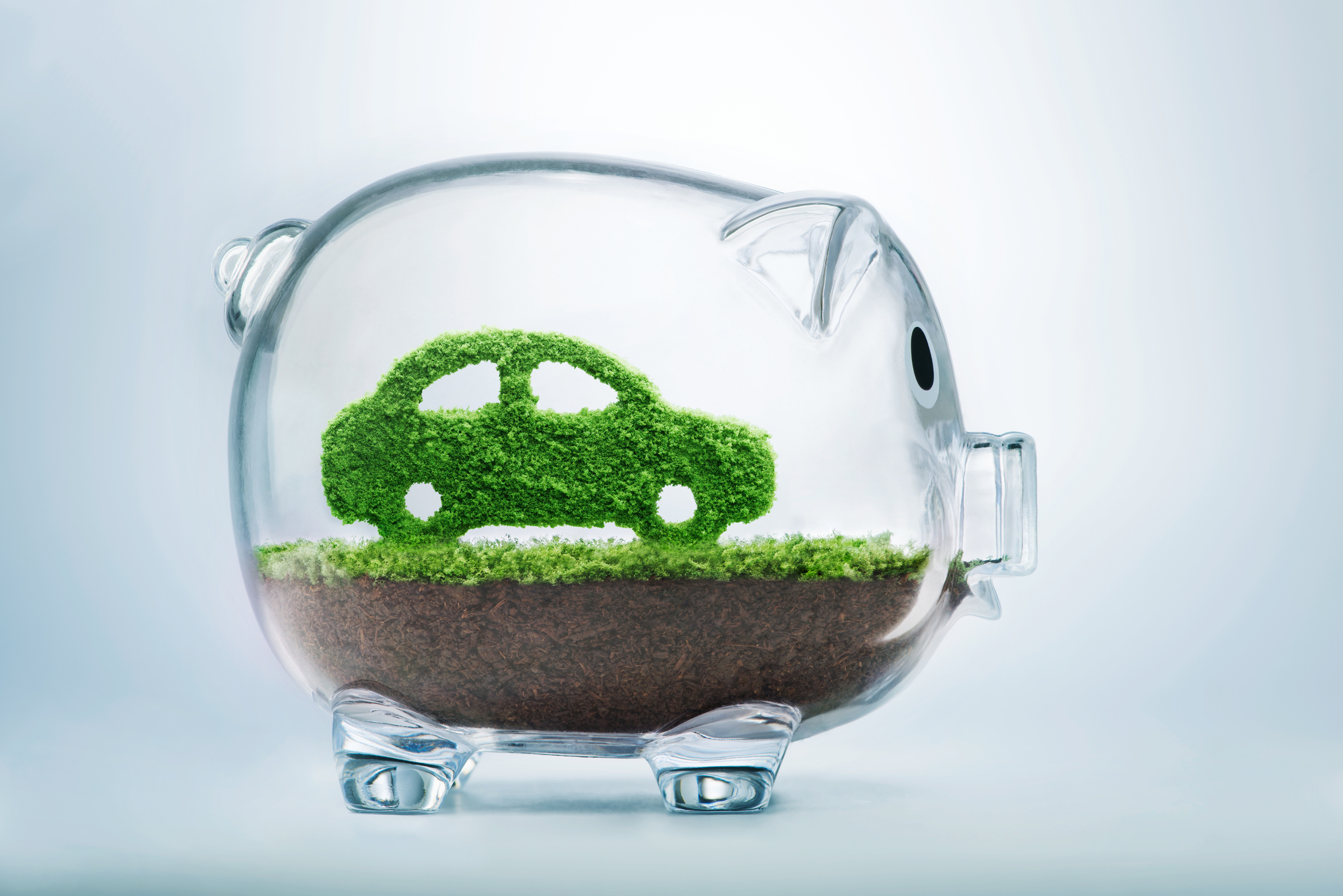More Signs of Belt-Tightening and a Slowing Economy: The Kiplinger Letter
Although fewer banks are tightening lending standards, more businesses and households are feeling the squeeze.

To help you understand what is going on in business and consumer banking, and what we expect to happen in the future, our highly experienced Kiplinger Letter team will keep you abreast of the latest developments and forecasts (Get a free issue of The Kiplinger Letter or subscribe). You'll get all the latest news first by subscribing, but we will publish many (but not all) of the forecasts a few days afterward online. Here’s the latest…
Lending standards are still tightening but at a smaller share of banks. A recent survey of senior loan officers shows further tightening for businesses and households in the third quarter, but by fewer banks than in the second quarter. In Q3 the trend was reported by 35% of banks, compared with more than half in Q2.
Commercial real estate also continues to see tougher standards. Two-thirds of banks had stricter loan standards in Q3 for construction and land development, nonfarm nonresidential and multifamily residential properties. Meanwhile, many commercial and industrial loans have requirements that are more stringent for large and small businesses. About one-third of banks had tougher loan standards in Q3.
From just $107.88 $24.99 for Kiplinger Personal Finance
Become a smarter, better informed investor. Subscribe from just $107.88 $24.99, plus get up to 4 Special Issues

Sign up for Kiplinger’s Free Newsletters
Profit and prosper with the best of expert advice on investing, taxes, retirement, personal finance and more - straight to your e-mail.
Profit and prosper with the best of expert advice - straight to your e-mail.
On the consumer front, fewer banks are raising standards for credit cards, auto and other consumer loans, though lending conditions remain historically tough. Consumers are relying more on credit cards for purchases. This is despite the higher interest rates seen on credit card balances. Data from the Federal Reserve show that consumers’ credit card spending and debt levels were still on the rise in the third quarter. Total household balances rose 1.3% from the previous quarter.
Credit card debt increased 4.7% during the period and 16.6% from a year ago, meaning Americans now owe $1.08 trillion on their credit cards. Look for delinquency rates on credit cards and auto loans to keep rising this year amid high card interest rates, high inflation and the slowing economy.
Also, note how much the average APR for credit cards has risen since late 2021. Borrowers now see an average rate topping 20%, the highest since the mid-1990s.
This forecast first appeared in The Kiplinger Letter, which has been running since 1923 and is a collection of concise weekly forecasts on business and economic trends, as well as what to expect from Washington, to help you understand what’s coming up to make the most of your investments and your money. Subscribe to The Kiplinger Letter.
Related Content
Profit and prosper with the best of Kiplinger's advice on investing, taxes, retirement, personal finance and much more. Delivered daily. Enter your email in the box and click Sign Me Up.

Rodrigo Sermeño covers the financial services, housing, small business, and cryptocurrency industries for The Kiplinger Letter. Before joining Kiplinger in 2014, he worked for several think tanks and non-profit organizations in Washington, D.C., including the New America Foundation, the Streit Council, and the Arca Foundation. Rodrigo graduated from George Mason University with a bachelor's degree in international affairs. He also holds a master's in public policy from George Mason University's Schar School of Policy and Government.
-
 Stocks Struggle Ahead of November Jobs Report: Stock Market Today
Stocks Struggle Ahead of November Jobs Report: Stock Market TodayOracle and Broadcom continued to fall, while market participants looked ahead to Tuesday's jobs report.
-
 7 Dr. Seuss Quotes Retirees Should Live By
7 Dr. Seuss Quotes Retirees Should Live ByYou're off to great places! Why Dr. Seuss is the retirement guru you didn't know you needed.
-
 Fed's Rate Cuts Could Have Impacts You Might Not Anticipate
Fed's Rate Cuts Could Have Impacts You Might Not AnticipateUnderstanding how lower interest rates could impact your wallet can help you determine the right financial moves to make.
-
 AI Appliances Aren’t Exciting Buyers…Yet
AI Appliances Aren’t Exciting Buyers…YetThe Kiplinger Letter Artificial intelligence is being embedded into all sorts of appliances. Now sellers need to get customers to care about AI-powered laundry.
-
 What to Expect from the Global Economy in 2026
What to Expect from the Global Economy in 2026The Kiplinger Letter Economic growth across the globe will be highly uneven, with some major economies accelerating while others hit the brakes.
-
 December Fed Meeting: Updates and Commentary
December Fed Meeting: Updates and CommentaryThe December Fed meeting is one of the last key economic events of 2025, with Wall Street closely watching what Chair Powell & Co. will do about interest rates.
-
 The Delayed September Jobs Report Is Out. Here's What It Means for the Fed
The Delayed September Jobs Report Is Out. Here's What It Means for the FedThe September jobs report came in much higher than expected, lowering expectations for a December rate cut.
-
 Shoppers Hit the Brakes on EV Purchases After Tax Credits Expire
Shoppers Hit the Brakes on EV Purchases After Tax Credits ExpireThe Letter Electric cars are here to stay, but they'll have to compete harder to get shoppers interested without the federal tax credit.
-
 October Fed Meeting: Updates and Commentary
October Fed Meeting: Updates and CommentaryThe October Fed meeting is a key economic event, with Wall Street turned into what Fed Chair Powell & Co. did about interest rates.
-
 The Delayed September CPI Report is Out. Here's What it Signals for the Fed.
The Delayed September CPI Report is Out. Here's What it Signals for the Fed.The September CPI report showed that inflation remains tame – and all but confirms another rate cut from the Fed.
-
 The Economy on a Knife's Edge
The Economy on a Knife's EdgeThe Letter GDP is growing, but employers have all but stopped hiring as they watch how the trade war plays out.